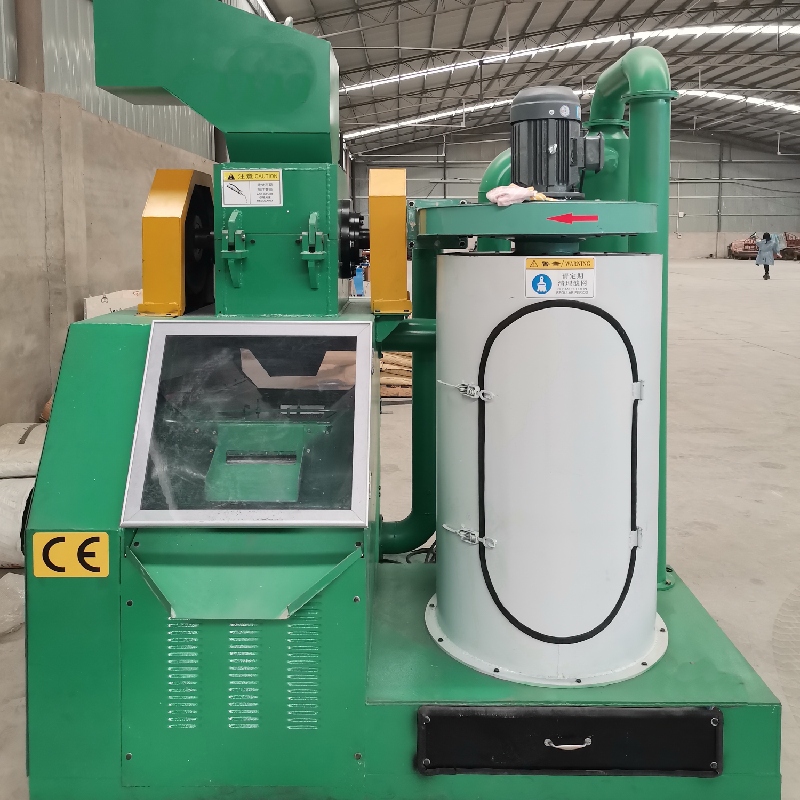

Sen . 07, 2024 05:42 Back to list
The Principles of a Hammer Mill
A hammer mill is a versatile and essential piece of machinery used in various industries, including agriculture, recycling, and manufacturing. Understanding the principle behind its operation is crucial for anyone looking to utilize this equipment effectively.
At its core, the hammer mill operates on the principle of impact grinding. This process involves the use of high-speed rotating hammers that crush and grind materials into smaller particles. The design of the hammer mill typically features a cylindrical chamber where the material is fed and impacted by the hammers.
When the material enters the chamber, it comes into contact with the rotating hammers, which are affixed to a central shaft. The hammers rotate at high speeds, imparting kinetic energy to the material. This energy causes the particles to break apart, which is the primary mechanism of size reduction. The design allows for a continuous flow of materials, where input and output can occur simultaneously during the grinding process.
A key aspect of a hammer mill is its adjustable screen. The screen’s mesh size determines the final particle size of the output material. As the ground material is impacted by the hammers, it gets shredded and can pass through the screen once it reaches a size smaller than the openings. This feature offers a level of flexibility, permitting operators to produce various particle sizes depending on their specific requirements.

In addition to size reduction, the hammer mill also plays a role in material mixing and conditioning. When processing grains in the agriculture industry, for example, the hammer mill can homogenize various components, ensuring an even mixture that contributes to the overall quality of animal feed. The consistent particle size achieved through this milling process ensures more uniform digestion in animals, enhancing feed efficiency.
Another essential principle of hammer mills is the air flow system. As the hammers rotate, they will create a vortex within the grinding chamber. The design often incorporates an air blower or suction system that helps to remove ground material from the chamber quickly. Efficient air flow not only aids in removing processed particles but also reduces overheating, ensuring that the material retains its quality without losing essential nutrients.
While hammer mills are particularly effective for soft to medium-hard materials, they can also be adapted to process tougher materials by adjusting the speed, hammer design, and screen size. This adaptability is one of the many reasons why hammer mills are preferred in diverse applications, ranging from processing grains and minerals to recycling waste materials.
In summary, the principle of a hammer mill revolves around the impact grinding method, utilizing high-speed hammers to break down materials into smaller particles. The operational features, including the adjustable screen and air circulation system, enhance its efficiency and versatility, making it an invaluable tool in many industrial processes. Whether for reducing the size of raw materials or mixing components, the hammer mill continues to be a critical asset in achieving optimal material processing outcomes.
Latest news
Troubleshooting Common Eddy Separator Problems
NewsJul.04,2025
The Role of Metal Recycling Plants in Circular Economy
NewsJul.04,2025
The Impact of Recycling Line Pickers on Waste Management Costs
NewsJul.04,2025
Safety Features Every Metal Shredder Should Have
NewsJul.04,2025
How Industrial Shredders Improve Waste Management Systems
NewsJul.04,2025
How Cable Granulators Contribute to Sustainable Recycling
NewsJul.04,2025